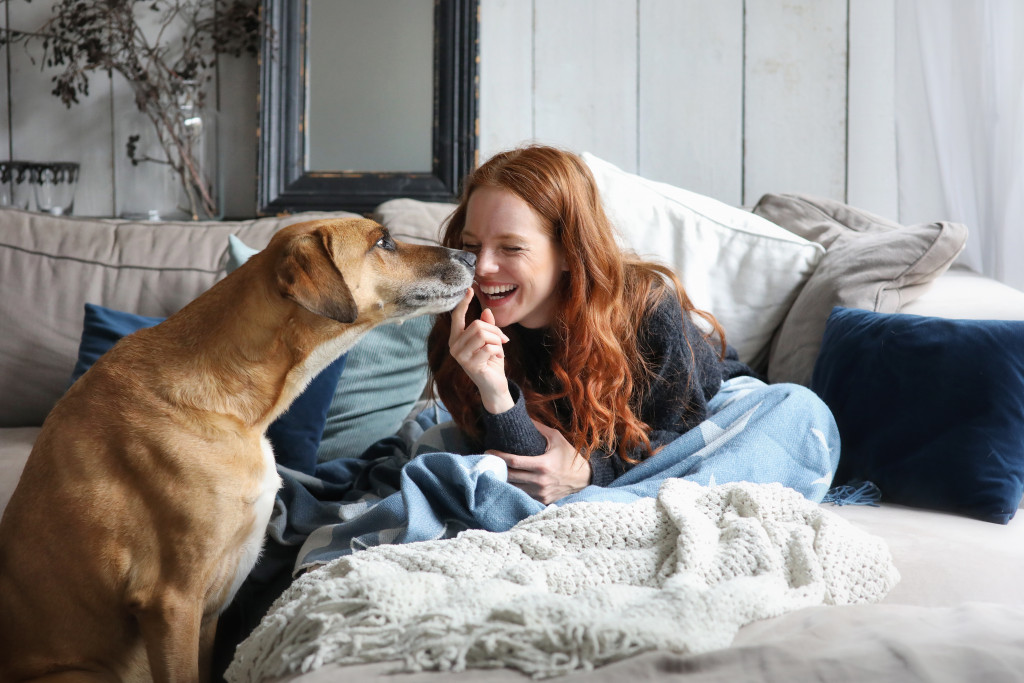If you’re a dog lover and come across that large breed dog who warms your heart, you can decide to adopt him right away. But what happens if the dog grows up to be a doggy giant? For starters, large dogs provide several obstacles, such as demanding a lot of exercise and training and costing much more than you anticipated.
When you adopt a new family member, you probably expect your spending to rise a little; items like vet fees, grooming, and dog food are all no-brainer. The truth is, your pet food bill might vary greatly depending on the kind of dog you have.
But you love them either way. It isn’t easy to imagine, but you must be ready when goodbye comes. During this challenging time, you have two roads you can take. You can opt for doctors to do it at the clinic. The alternative is to hire pet care professionals to perform pet euthanasia at home. Doing this can help your furry friend be at peace, especially if they’re in constant pain.
But before visiting your local shelter, there are a few things you need to consider when adopting a large dog breed.
How Often Should You Feed a Large Breed Dog?
Although the larger breeds will undoubtedly require a large amount of food each day, the amount necessary varies per breed. Nonetheless, it’s safe to assume that a huge dog should consume fewer portions throughout the day. Several things determine the frequency with which your puppy eats.
A dog should eat twice a day as a general guideline. However, this might vary depending on your dog’s activity level, age, and any medical concerns that may necessitate them eating more frequently during the day.

What Food Should You Give To a Large Breed Dog?
There are no set rules on what to feed your dog. However, you’ll need to keep these guidelines in mind:
- Dog food made without by-products, fillers, or chemical additives.
- Lean protein obtained from animal sources such as fish, chicken, and meat.
- Low to moderate fat content is recommended depending on the dog’s activity level.
- Glucosamine and chondroitin for joint health, with phosphorus and calcium levels kept to a minimum.
- A larger kibble size limits portion sizes and reduces the danger of bloat in dogs.
The Best Exercise For Large Breed Dog
Large dogs are more prone to hip and joint issues. While watching what they eat is essential, you must also let them exercise. Here are a few ideas to get your giant dog moving:
- Play dog tag: To get your dog some exercise, try playing dog tag outside. It’s also a great technique to jolt your muscles. The dog tag is a fun game for large dogs to play, and it keeps them all occupied. However, if you have a shepherd, a dog tag may increase your dog’s aggressive behavior.
- Fetch race with your dog: It’s time to add some new twists to the classic game. Toss your dog’s favorite toy across the grass, then race with your big boy to see who can grab it first. Large-breed dogs will benefit greatly from this activity. However, avoid using a stick because it might splinter and cause damage.
- Go for a hike: Who doesn’t like to spend some time around Mother Nature? If you enjoy hiking, you can always bring your large dog along and have a wonderful journey together. Hiking is in your dog’s genes, and it will enjoy climbing over the terrains and becoming exhausted while racing you to the top. Your dog will be able to stretch its muscles and increase its stamina due to this.
- Try the classic walks: While walking or jogging with your dog in the neighboring park, you can get some exercise. You can also play in the sand, let them eat dry leaves, or drink water. With your dog following you, jump over low park chairs or any other obstacle. If your dog is younger than a year old, make sure the barriers you’re jumping over are modest. The last thing you want is for your beloved dog to get wounded while attempting to mimic your movements.
Caring for a large dog entails huge responsibilities to its owners. Always remember that a healthy dog is active. So pay close attention to make sure your dog is receiving adequate exercise. Having a big dog isn’t easy. You must allow sufficient time for it to grow healthy and active. So try the activities described in this post and make mealtimes enjoyable and nutritious.

